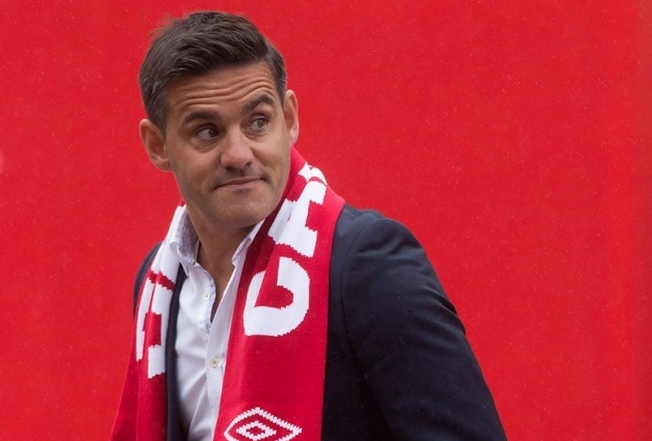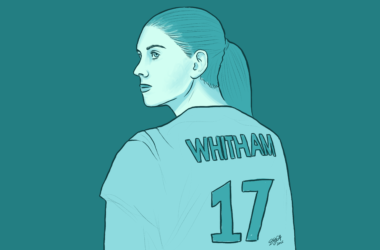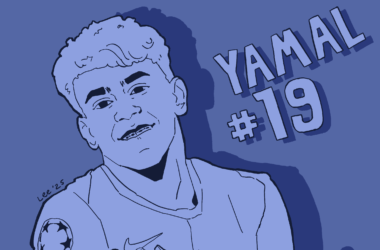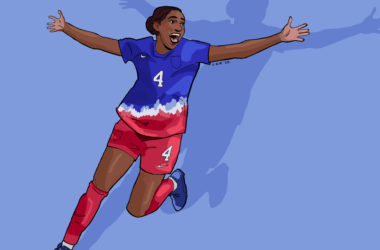On Jan. 8, via a hurried Twitter announcement, the Canadian Soccer Association (CSA) announced a major reorganization at the top of its coaching hierarchy: John Herdman, who spent seven years at the helm of the women’s national team, suddenly fled to the men’s side. Herdman will replace Octavio Zambrano as the head coach of the men’s national team—currently ranked 94th in the world—with the goal of replicating his previous success with the women’s team. He will also head up the men’s EXCEL program, which drives development by funneling talented young players into high-performance environments. The CSA also announced that the women’s national team has been left in the hands of Kenneth Heiner-Møller, who served as an assistant coach under Herdman.
Heiner-Møller is a capable coach, with experience as the head coach of the Danish women’s side, but with the the looming 2019 FIFA Women’s World Cup, the timing of the swap could still prove disastrous for the Canadian women: With the qualifiers for the 2019 FIFA Women’s World Cup slated for fall 2018, the Canadian women can’t afford a misstep. The move places the men’s and women’s sides in an unnecessary zero-sum situation and fails to properly prioritize the latter.
For Herdman, the swap was inevitable. Though his success and off-field demeanor cemented him as a key member of the beloved Canadian women’s team, long-term involvement was never his plan. Immediately after his 2013 contract extension, Herdman expressed his desire to eventually step away from the team. His reasoning centred around the importance of female leadership in the women’s game. His plan, as recently as June 2017, was to hand the reins over to a capable female replacement after the Tokyo 2020 Olympic Games. The spectacle currently unfolding within the CSA, however, is a far cry from the carefully-formulated succession plan Herdman once promised.
The immediate reactions from long-time national team players Stephanie Labbé and Christine Sinclair indicated disappointment and confusion. Herdman’s coaching philosophy was built on team cohesion and mental strength, and the turbulence and uncertainty of a coaching change at this time could threaten the progress they’ve made in recent years.
After their calamitous last-place finish at the 2011 FIFA Women’s World Cup, the Canadian women were on the rise: Two back-to-back bronze medal finishes at the Olympics and, at one point, a best-ever fourth spot on FIFA’s rankings. In 2015, Canada played host to the FIFA Women’s World Cup; though the Canadian women were eliminated in the quarterfinal round, the outpouring of support from young female fans across the country sowed seeds of hope for the future. Their recent momentum may have created the illusion of stability; however, as they fight to push past—or even remain even with—the German, English, and Australian women for the top spot behind the dominant Americans, they’ll need to maintain steady upward velocity.
Herdman’s comments after the announcement show that he believes his work with the women’s side is done. The CSA’s official statement focuses almost entirely on Herdman’s skills and the need for growth in the men’s program, giving little coverage to the challenges facing Heiner-Møller and the women’s side. The decision, from the perspectives of both Herdman and the CSA, seems to suggest that the women’s fifth-place international ranking is good enough or that the Canadian women will continue their rise without much consideration. But, while Christine Sinclair, Canada’s lynchpin since the early 2000s, is rapidly approaching retirement, international women’s soccer is undergoing explosive growth. It’s naïve to think that the Canadian women’s national team will continue to improve if they aren’t treated like a priority.
Herdman’s critics are quick to note that he has no high-level experience coaching men, which makes the move risky at best. The CSA’s gamble places the men’s and women’s squads in false opposition, suggesting that the women’s team must take a back seat for the men to improve. In truth, what fans want—and what the CSA should be working toward—is simultaneous success on both sides.









